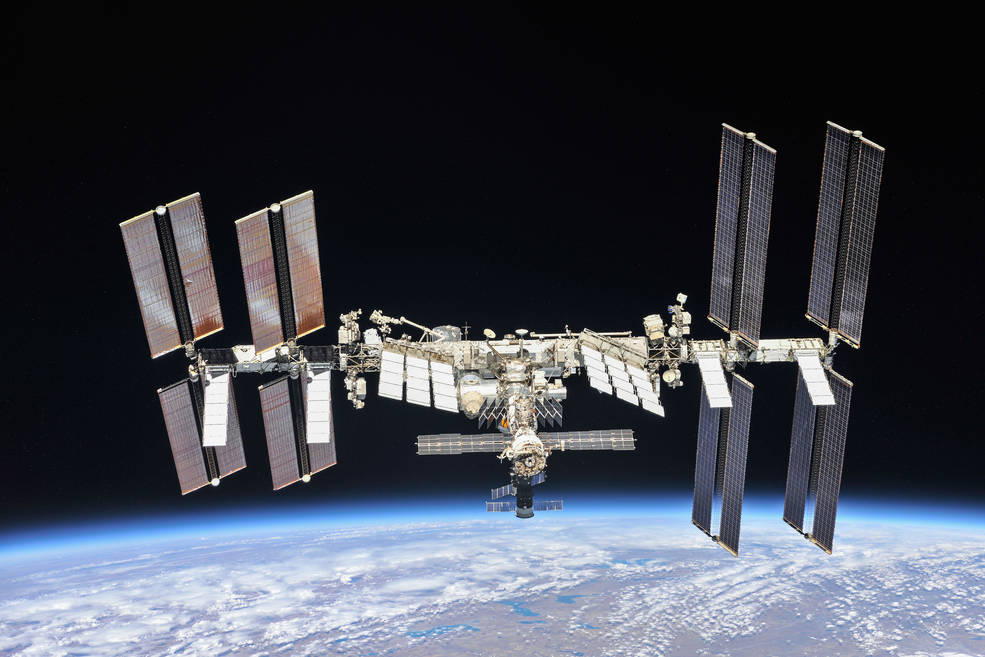On November 15, 2021, Russia launched an anti-satellite missile into orbit at an altitude of 480 kilometers to destroy one of its obsolete satellites, Cosmos 1408, said the Secure World Foundation, a Washington-based nongovernmental organization that promotes the safe and peaceful use of space.
The impact generated space debris that is now orbiting the Earth at about 27,400 km/h, much faster than the speed of a bullet, The Guardian reported. At that velocity, even tiny paint chips can damage a spacecraft.
This debris field will spread in a ring around the Earth and remain in orbit for many years, the Secure World Foundation reported. “This test has so far generated over 1,500 pieces of trackable orbital debris and will likely generate hundreds of thousands of pieces of smaller orbital debris,” the U.S. Department of State indicated.
Risks and contempt
“The […] debris […] will now threaten satellites and other space objects that are vital to all nations’ security, economic, and scientific interests for decades to come,” the U.S. Department of State said. “In addition, it will significantly increase the risk to astronauts on the International Space Station and other human spaceflight activities.”
Two weeks later, on November 30, The New York Times reported that the U.S. National Aeronautics and Space Administration (NASA) postponed a spacewalk to repair a communications antenna, due to the risk of collision with space debris. The Russian test forced all seven crew members on the International Space Station (ISS) — U.S., German, and Russian nationals — to take refuge in capsules, the BBC reported.

“It is unthinkable that Russia would endanger not only the American and international partner astronauts on the ISS, but also their own cosmonauts. Their actions are reckless and dangerous, threatening as well the Chinese space station and the taikonauts on board,” NASA Administrator Bill Nelson said on the agency’s official website.
“There is nothing special about this anti-satellite missile test, save the lack of care,” said General Vladimir Dvorki, former director of the Russian Ministry of Defense’s Research Institute No. 4, the news agency EFE reported. “That cloud of fragments should not have been created.”
Due to the large amount of space debris, satellites can collide and cause a chain reaction, which could leave us without phones, GPS, and internet connection, the Chilean newspaper El Mostrador said.
Space junk
In March 2021, a Chinese military satellite collided with a piece of junk leftover from a Russian rocket launched in 1996, the Bloomberg news agency reported. In 2009, “a nonfunctional Russian communications orbiter collided with a functioning one […], producing almost 2,000 pieces of debris measuring at least 4 inches [10 centimeters] in diameter,” it added.
In 2007, China launched a ballistic missile at one of its old weather satellites, producing about 800 fragments measuring more than 10 centimeters; nearly 40,000 measuring 1 to 10 centimeters; and about two million measuring more than a millimeter, the newspaper El País reported.
U.S. Space Command (USSPACECOM) continues to monitor the trajectory of the Russian debris and will work to ensure that all nations have the necessary information to safeguard their activities in orbit if impacted by the debris cloud, a service that the United States provides to the world, USSPACECOM said in a November 15 statement.









